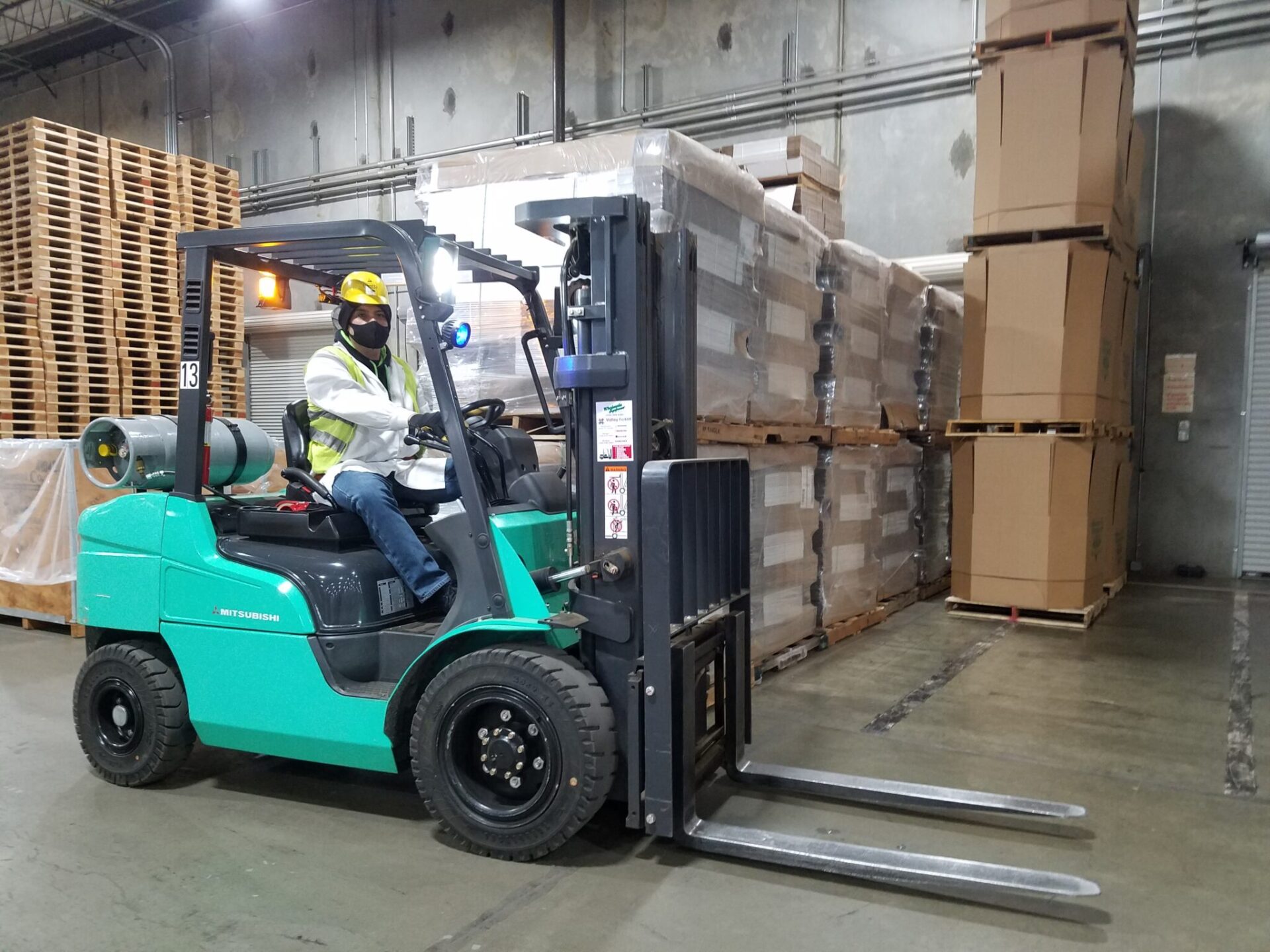
After months of establishing guidelines and already enforceable requirements for employers to follow in the efforts to minimize the spread of COVID-19, the Cal-OSHA advisory board has decided to adopt a formal COVID-19 regulation that will add to the challenges employers are facing in 2020.
In March, Cal-OSHA and the Centers for Disease Control teamed up to provide a variety of industries with guidance on the measures they can take to prevent the spread of COVID-19. These measures included completion of a risk assessment for each work area to determine and establish controls, employee training, sanitation practices and monitoring of all employees and visitors who enter the facility. Additional precautions are completion of investigations to determine if exposure for COVID-19 positive cases occurred within the workplace and reporting procedures. It has been a learning curve for California employers as they have navigated through application of these kind of controversial guidelines for the first time.
On Nov. 19, 2020, the Cal/OSHA Standards board spent an entire day listening to company and affiliation representatives as well as individual testimony from a substantial number of industries for the pros and cons of the added regulation. The public had only five days to review and comment on the very open-to-interpretation, 25-page document before this meeting. Once the allowed testimony from over 110 participants was heard, a brief board discussion was held on the urgency to adopt the bill due to the current threat to public health with very minimal regard to the discrepancies and lack of attention to detail in the actual interpretation and application to these guidelines for the many industries that will suffer the consequences of this regulation.
New Requirements
Rush and haste to pass this regulation now places additional pressure on employers to determine how they will consider and comply with the additional requirements of the following:
Engineering and Administrative Controls
Indoor operations will be required to modify and increase the ventilation of outdoor air. If it is not possible for work stations to enable social distancing, employers are required to install partitions that will assist with prevention of possible transmission. Employers will continue to be responsible for providing face coverings and requiring employees to wear them. Specific exceptions for situations where it is not possible to wear a face covering are listed.
COVID-19 Exposure Employee/Subcontractor notifications
Employers will be required to notify all affected employees and subcontracted employees that they have been exposed to someone who has tested positive to COVID-19 or has been instructed to quarantine by a medical physician in writing within one business day of having knowledge of the exposure. Employees who have a laboratory confirmed positive result from a COVID-19 test and anyone who has been exposed to that employee must be removed from the workplace for 14 days after the last date of the exposure. These employees will not be allowed back to the workplace until the 14 days has passed regardless of any test results that indicate the employee is COVID-19 negative.
Housing and Transportation
When housing and transportation is provided by the employer, the employer will be required to transport employees living in the same household and work at the same worksite in the same vehicle. Employees riding in the same vehicle must be separated from each other by at least three feet and required to wear face coverings. Additionally, similar social distancing requirements are listed in housing situations.
Outbreaks and Testing
The requirements describe a COVID-19 outbreak to be defined as three or more confirmed COVID-19 cases within a 14-day period. Employers will be responsible for reporting an outbreak to their local public health department within 48 hours of knowledge of the outbreak and continue to report additional cases thereafter. Information that needs to be provided includes the names of the infected employees and their personal contact information. The company NIACS code must also be provided along with any other requested information. In addition to these reporting practices, employers will be responsible for providing no-cost COVID-19 testing to any employees who may have been exposed during paid working hours and additional testing one week after.
Investigations and Recordkeeping Practices
An internal investigation must be completed by the employer to determine if a work-related exposure led to any positive cases. If it is found that the exposure occurred in the workplace, it must be recorded on the OSHA 300 form as an occupational illness case.
Order Prohibiting Use and Citations
This regulation allows Cal/OSHA to deem COVID-19 related exposures in the workplace as an imminent hazard and therefore use an order prohibiting use that will result in shutting a workplace and its operations down. A serious citation related to COVID-19 exposures can be issued by Cal/OSHA without the usual pre-citation notice provided in the previous 15 days.
2020 COVID-19 Related Citations
One of the many concerns and arguments against AB 685 is that Cal/OSHA has already been issuing citations to address the exposures and issues related to COVID-19 under the Title 8 §3203 Injury and Illness Prevention Program and Title 8 §5199 Aerosol Transmissible Diseases for medical facilities. According to public records, from August to November of 2020, a total of 165 citations that added up to $1.53 million in proposed penalty fines have been administered by Cal-OSHA. Why is our state investing additional time and money into passing regulations that are already enforceable through Title 8?
These and the already-established guidelines for COVID-19 spread prevention are in full effect as of Jan. 1, 2021. Nut processors and other agricultural related employers had very little time to comprehensively review and prepare for full implementation of these requirements, which do not reflect an understanding of the time, monetary and management resources that it takes to implement such guidelines. One question remains: Has Cal/OSHA assessed the impact on the agricultural industry by addressing a public health issue as if it were the result of an occupational hazard?
Western Agricultural Processors Association along with others representatives of the agricultural industry have combined their efforts to issue comments to request for Cal/OSHA to take the time to review the items within COVID-19 regulatory requirements that threaten the very existence of many of these employers along with the employment they provide to millions of California workers and the resources they provide to our state.















